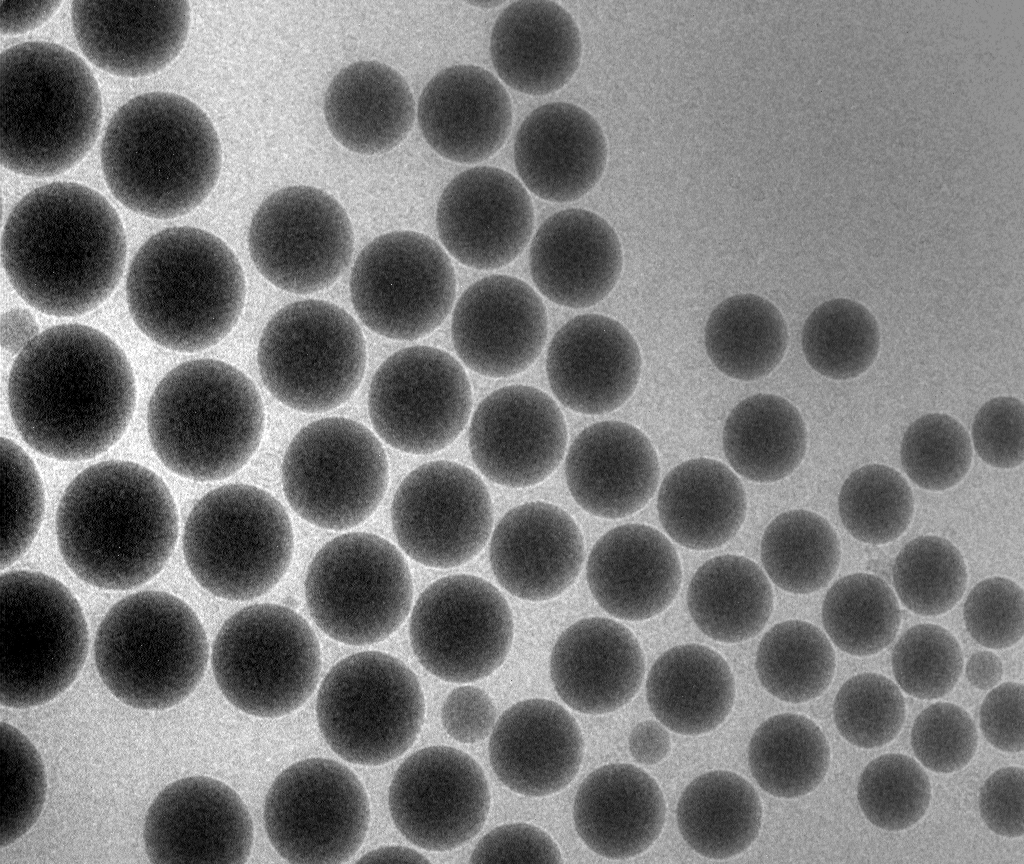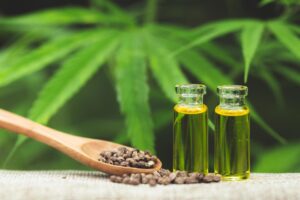The food industry is leveraging nanoemulsions to meet the ever-increasing consumer demand for healthier, safer, and cleaner-label products. Their primary role is as a superior delivery system, designed to encapsulate and protect sensitive, fat-soluble compounds. Bioactive molecules, such as nutraceuticals, vitamins, and antioxidants, which often have poor water solubility and stability, are shielded within the nano-sized droplets. This process significantly improves their solubility and bioavailability, meaning the human body can absorb and utilize them more efficiently. For instance, in functional beverages and fortified milk, nanoemulsions ensure a uniform, stable dispersion of these vital ingredients, preventing phase separation and extending shelf life.
Beyond nutritional fortification, nanoemulsions are a powerful tool in food preservation and waste reduction. Nanoemulsion-based edible nanocoatings, incorporating natural antimicrobials like carvacrol or citrus essential oils, are applied to fresh produce, meats, and dairy products. These coatings function as invisible barriers, controlling moisture and gas exchange and inhibiting microbial spoilage and oxidation. One study demonstrated that using a carvacrol nanoemulsion mixed with chitosan can extend the storage life of green beans kept at 4°C for approximately 13 days. By slowing down spoilage, this technology plays a direct role in reducing the estimated one-third of all food that is lost or wasted globally each year, a major factor in food sustainability.
The Clear Difference: Skincare’s Nanoscale Leap to Natural Beauty
In the cosmetics and personal care sector, nanoemulsions are answering the call for high-performance products that eschew controversial synthetic ingredients like parabens and phthalates, which are known endocrine disruptors. Nanoemulsion technology overcomes two critical challenges in natural cosmetics: the poor solubility and stability of many herbal and botanical active ingredients. By encapsulating these herbal bioactives—such as vitamins, natural oils, and antioxidants—the nanoemulsion formulation ensures their stability against degradation from light, heat, or oxidation.
The nanometer size of the droplets dramatically enhances skin penetration. The high surface area allows the active compounds to diffuse more effectively through the skin’s barrier, the stratum corneum, leading to superior efficacy and a prolonged effect. A 2023 report highlighted that up to 45% of consumers are willing to pay a premium for eco-friendly cosmetic products, a trend that is fueling the market for bio-based nanoemulsion carriers made with sustainable components. These systems are being incorporated into everything from sunscreens, where they enhance the performance of mineral UV filters like Zinc Oxide and Titanium Dioxide, to anti-aging creams, where they deliver wrinkle-fighting peptides deep into the epidermis. The result is a clean-label product with superior texture and visibly enhanced results, marrying consumer desire for natural products with advanced technological delivery.
Precision Agriculture: Sowing the Seeds of Green Nano-Pesticides
Agriculture presents perhaps the most critical opportunity for the eco-friendly potential of nanoemulsions. Conventional pesticide formulations are notorious for their inefficiency, with estimates suggesting that over 70% of typical pesticides are ineffective due to drift, runoff, and rapid degradation in the environment. This inefficiency necessitates higher and more frequent applications, leading to environmental contamination, lingering ecological harm, and increased farmer costs.
Nanoemulsion-based agrochemicals offer a paradigm shift towards precision agriculture. By encapsulating the active ingredient—whether it be a chemical or a natural botanical extract like neem or essential oils—the nanoemulsion system provides a protective shell and a more effective delivery mechanism. The nanoscale droplets, typically ranging from 20 to 200 nm, exhibit better adhesion and penetration to the plant’s cuticle and the target pest. Crucially, nanoemulsions are designed for controlled and targeted release. This mechanism protects the active ingredients from premature degradation due to sunlight, heat, and moisture, thereby reducing the total amount of pesticide required and, consequently, minimizing environmental run-off and toxicity to non-target organisms. The development of biodegradable and less damaging nanoemulsion formulations is a direct push toward more sustainable farming practices, ensuring better crop protection with a smaller ecological footprint.
A Rapidly Expanding Market: The Financial Outlook for Green Technology
The burgeoning applications and clear sustainability benefits of nanoemulsions are fueling substantial market growth. The broader global nanoemulsion market was valued at approximately USD $12.32 billion in 2024 and is projected to reach around USD $64.6 billion by 2032, reflecting a compound annual growth rate (CAGR) of 8.4%. This expansion is driven by the pharmaceutical and medical sectors, but the strong demand from the food, cosmetics, and agriculture industries is a major contributor, as they seek novel, high-performing delivery systems.
The trend toward “green” nanotechnology is even more pronounced. The global green nanotechnology market, of which green nanoemulsions are a significant part, was valued at USD $103.95 billion in 2024 and is expected to hit nearly USD $370.42 billion by 2034, growing at a CAGR of 13.55%. This explosive growth is a testament to the surging investment in sustainable solutions across all sectors. As research advances in developing natural, food-grade emulsifiers like soya lecithin, whey protein isolate, and various polysaccharides, the economic viability and consumer acceptance of clean nanoemulsions will only increase, cementing their role as a foundational technology for a greener, cleaner industrial future.
Elevate your food, cosmetic, and agricultural products with our advanced, eco-friendly nanoemulsions. Based on cutting-edge research, our stable, high-bioavailability carriers dramatically enhance the efficacy of your active ingredients, from nutraceuticals and vitamins to natural antimicrobials and precision agrochemicals. Leverage the power of nanoscale delivery, which is driving the green nanotechnology market to an anticipated $370 Billion by 2034. Our solutions ensure clear labels, extended shelf life, and superior product performance. Stop wasting active ingredients and start maximizing results with NanoHempTechLabs.
Ready to revolutionize your product line? Schedule a call today to explore custom wholesale solutions!
Reference:
- Adjonu, R., Doran, G., Torley, P., & Agboola, S. (2023). Stability of whey protein bioactive peptide‐stabilised nanoemulsions: effect of ph, ions, heating and freeze–thawing. International Journal of Food Science & Technology, 58(4), 1787-1794. https://doi.org/10.1111/ijfs.16292
- Guo, X., Sun, X., Liang, L., Shi, L., Liu, R., Chang, M., … & Wang, X. (2021). Physical stability, oxidative stability, and bioactivity of nanoemulsion delivery systems incorporating lipophilic ingredients: impact of oil saturation degree. Journal of Agricultural and Food Chemistry, 69(18), 5405-5415. https://doi.org/10.1021/acs.jafc.1c00013
- Kim, E., Hwang, K., Lee, J., Han, S., Kim, E., Park, J., … & Cho, J. (2018). Skin protective effect of epigallocatechin gallate. International Journal of Molecular Sciences, 19(1), 173. https://doi.org/10.3390/ijms19010173





